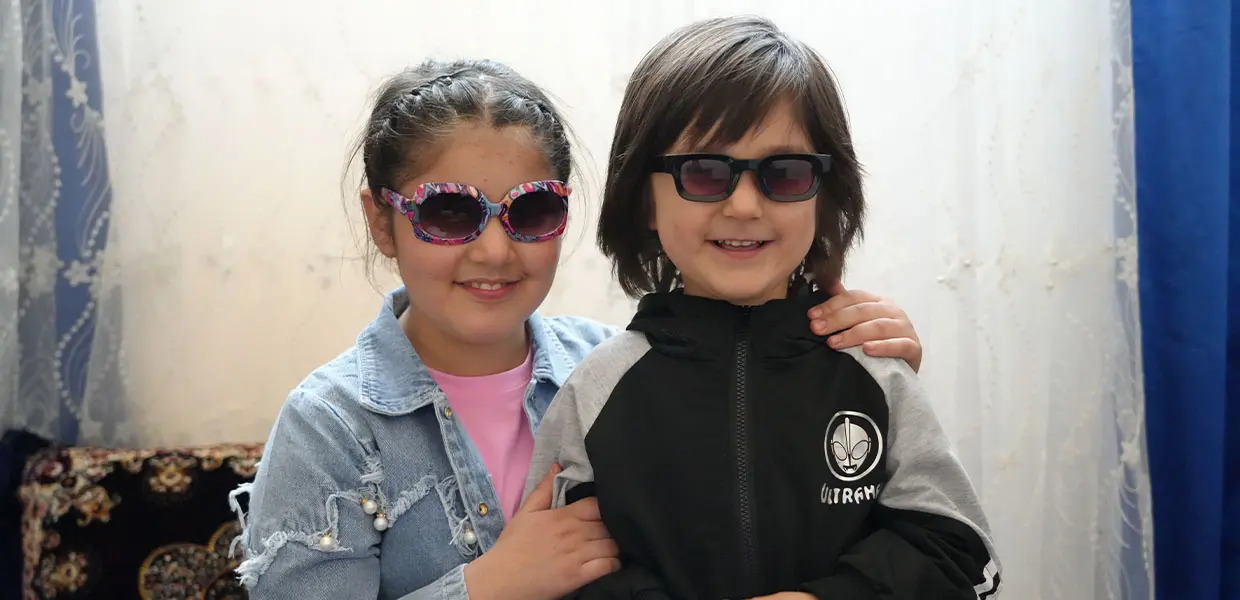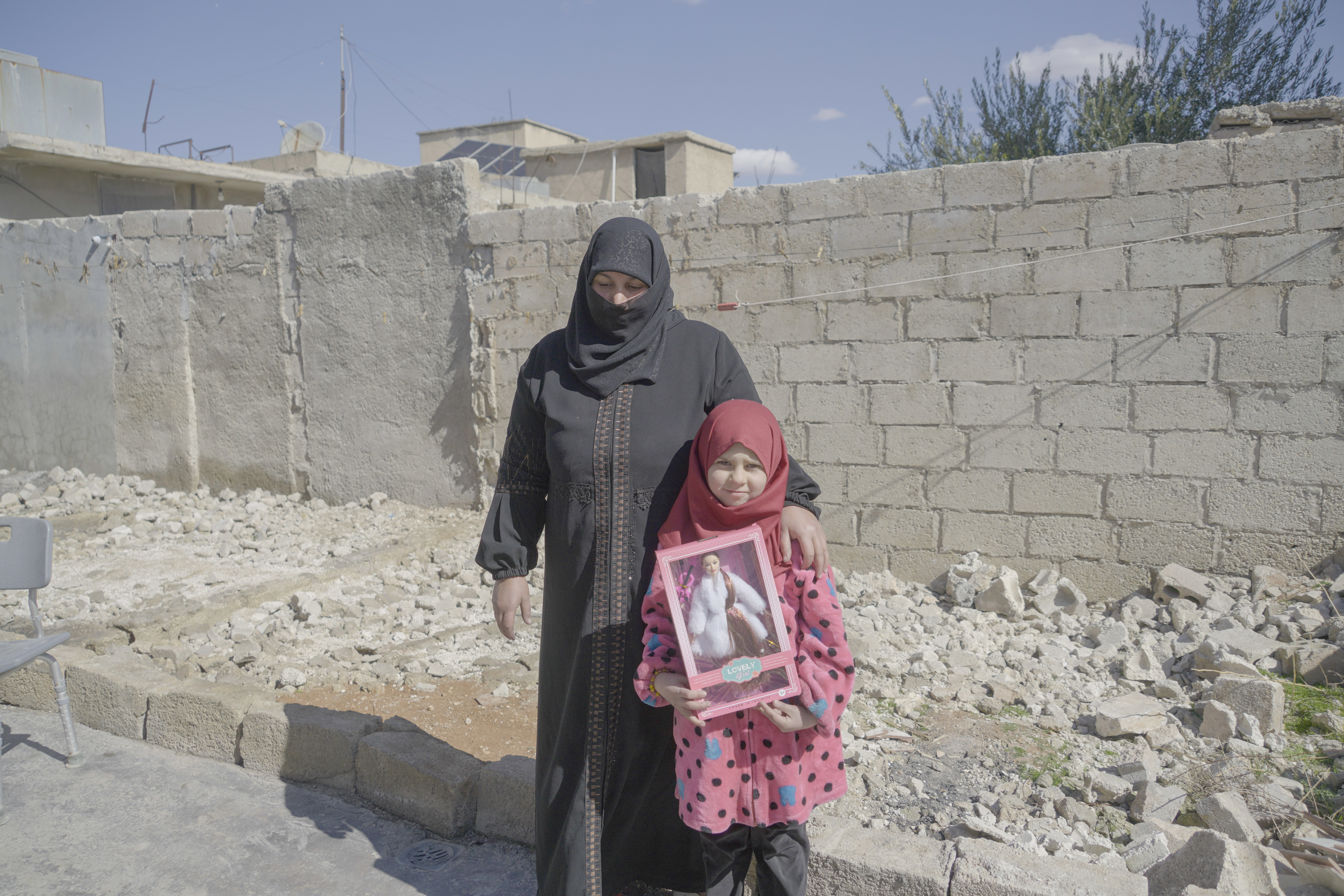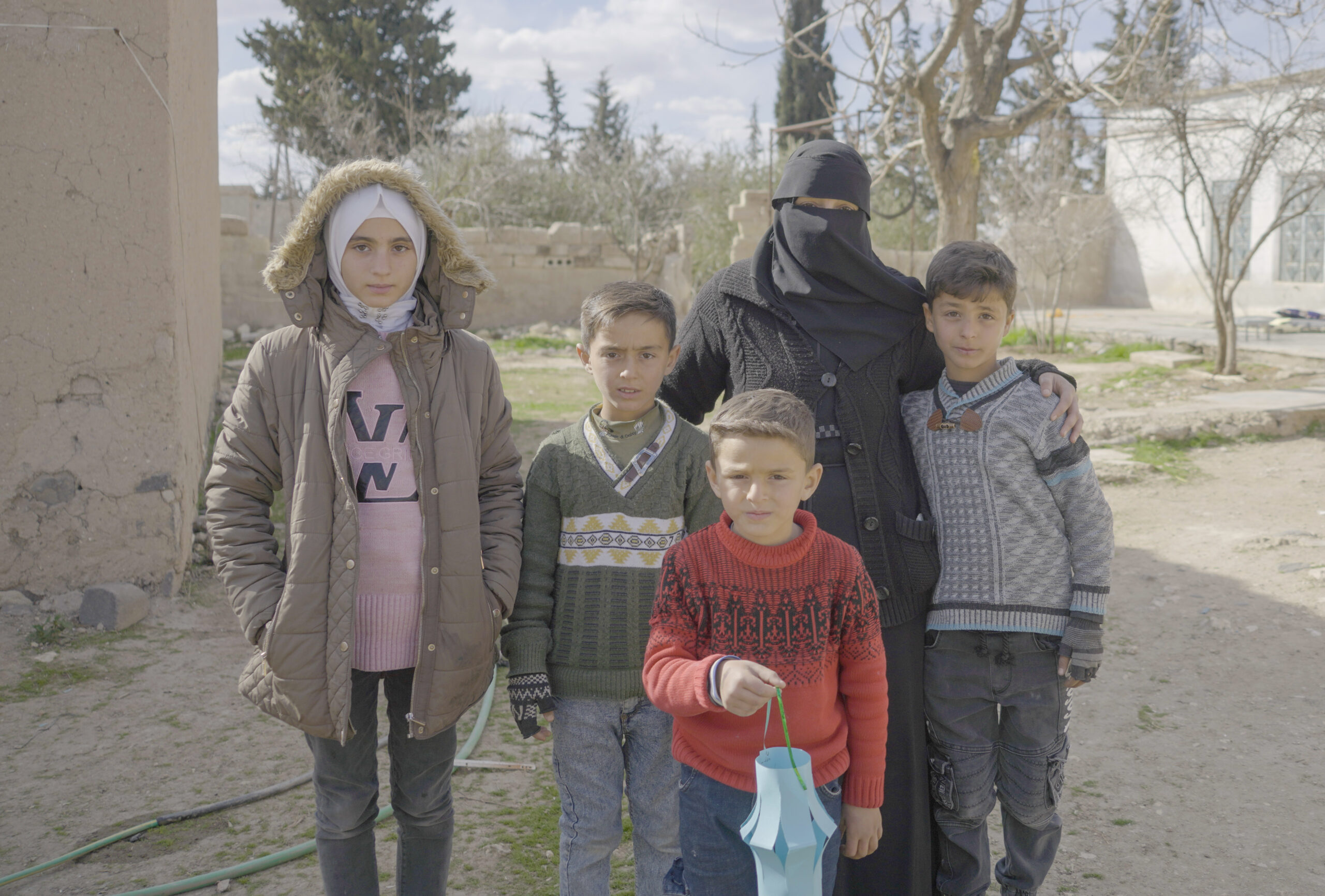
04.12.21
Iftar dishes for your Ramadan this winter
The hunger pangs are kicking in and you’re stuck on what to cook for your iftar meals. No need to stress; we’ve got you covered. I spoke to some of my close friends from all over the world to bring you delicious recipes from a variety of cultures, exploring different traditions through food – now, I’m hungry! I look at the best from the Middle East, Asia, and more broadly. Enjoy!
Iranian dish
Iranians usually break their fast like most Muslims around the world; with a few dates and some tea or hot water. Main dishes we’ll cover will be the opener Ash Resteh and the main Shami Lapeh.
https://www.thedeliciouscrescent.com/persian-noodle-soup-with-beans-and-herbs/Ash Resteh is a healthy, hearty noodle soup, and perhaps the most popular Persian soup around. It’s commonly served during the Persian New Year but also during Ramadan as a starter. You can find the recipe here.
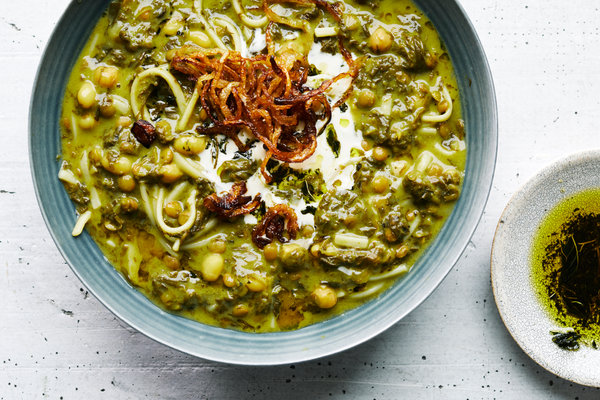
The Shami has different variations within Iran, varying from the north down to the south of Iran. A unique version of the Shami is from the north known as the Green Shami – it’s packed with fresh herbs, creamy walnuts, beef and yellow split peas, which are blended together to create a smooth creamy texture which is then fried to golden perfection.
You can find the recipe for Shami Lapeh here.

Lebanese dishes
For Iftar, Lebanese dishes are similar to other Middle Eastern countries. If you’re invited to a Lebanese iftar, you’re sure to find Warak Enab on the table. Better known as stuffed vine leaves, Warak Enab is a well-known dish that is also synonymous with Turkish and Greek culture. Essentially, it is stuffed with spiced ground beef and rice. Many countries make different variations of stuffed vine leaves and what’s most interesting is that you will get every “tayta” or “nene” making their own style of the Warak Enab. It’s a popular and simple dish during Ramadan, which is also a rite of passage; being taught how to stuff and roll one correctly, without it being too loose or too tight, is considered a milestone in most Arab households!
You can find the recipe here.

I’ve also been told by my Lebanese friends that a table isn’t complete without a Fatteh (pita with chickpeas and yoghurt) and Kibbeh (hollowed out meat ball with stuffing). You can find the recipes for both below.

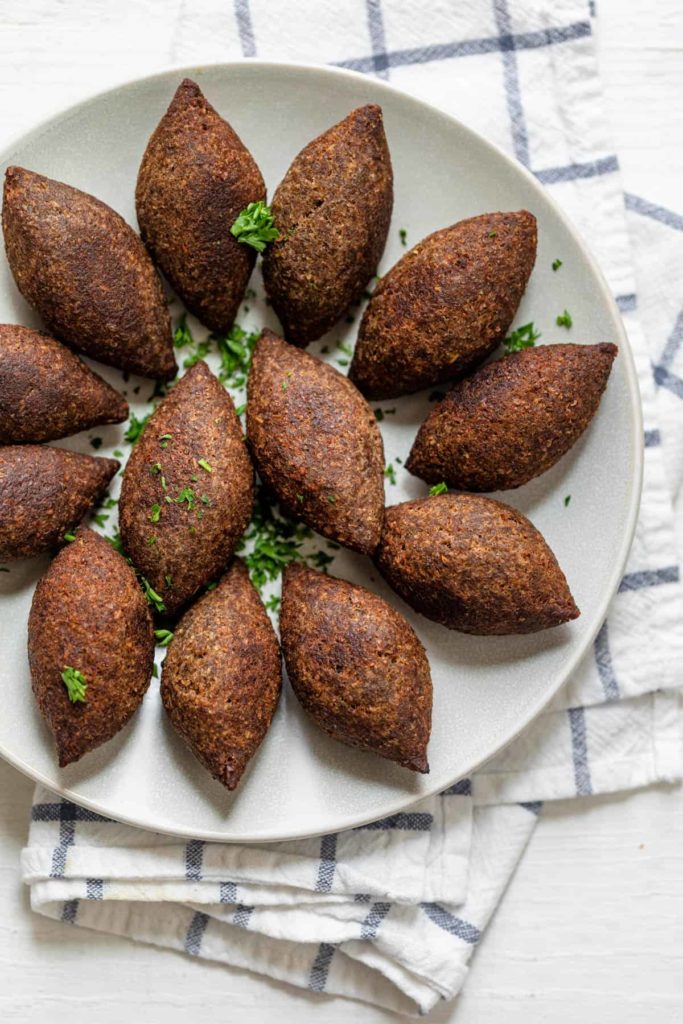
Another simple and classic dish I’ve been recommended is the Lebanese Mujadra. This is a basic dish, made with lentils, rice and caramelised onions that is quick to make but still quite tasty.
You can find the recipe here.

Finally, from the Middle East, you’ll also enjoy Shish barak which are little ravioli-like dumplings that are filled with seasoned lamb, onions and pine nuts and usually tossed in a yoghurt sauce. A mouthwatering dish that is considered a classic in Arabic cuisine. You can find the recipe here.

Turkish dishes
When I asked my mother about what a Turkish dish is that’s mostly eaten to break your fast during, she replied with “the basics”. Usually started off with a warm “mercimek corbasi” (red lentil soup).

followed by the el clasico of all Turkish foods pilav and kuru fasulye (rice and white bean stew). You can find the recipe here.
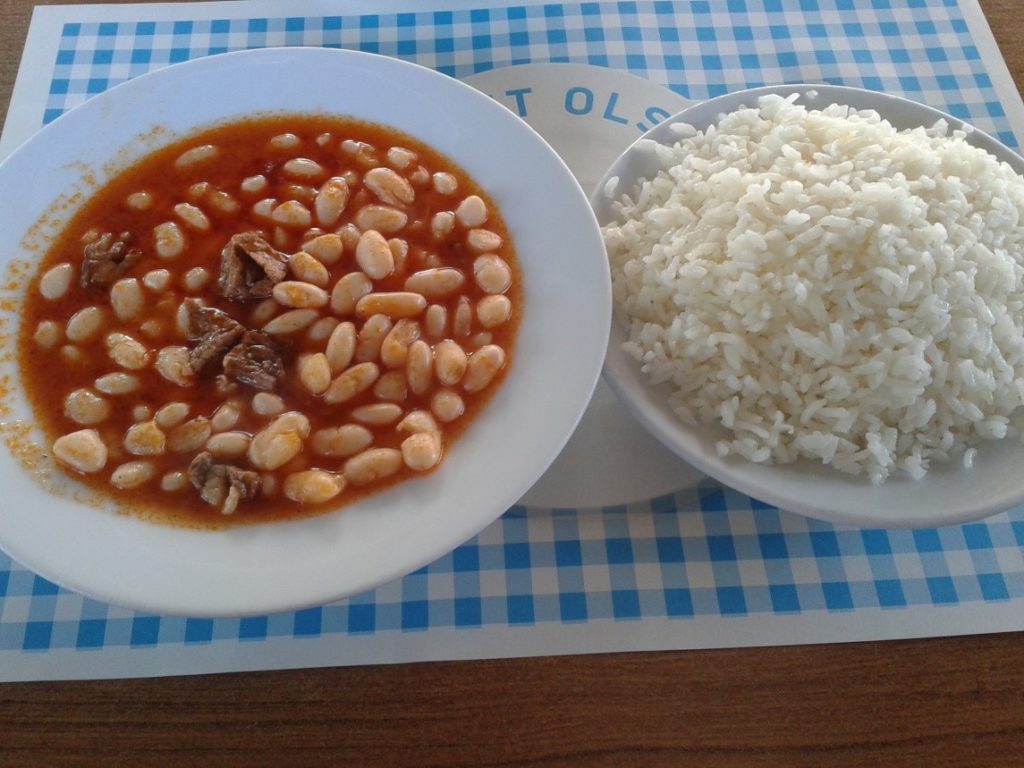
Now if you’re feeling a bit more adventurous, you can’t go wrong with a home style Iskender; which is basically kebab doused in fatty tomato sauce with pita bread and yoghurt (Farmers Union Greek style). Yes I know, Greek yoghurt in a Turkish dish, sounds sacrilegious, but that’s what Australia is all about — celebrating a melting pot of cultures. What better way to break down barriers of race and religion than through food?!

Indian/Pakistani dishes
When I spoke to my Pakistani and Indian friends; one thing they could agree on was that no iftar is complete without the pakora – a lentil-based fritter, often packed with veggies, that is deep fried for added goodness and served as an entrée for iftar. This is usually followed by a heartier main meal – usually a rice-based dish such as pulao – and a few simpler side dishes like chutneys and salads.
As you can see, there is a very common theme during Ramadan across most of these cultures: a basic soup and a simple yet satiating main. This helps us keep in tune with what’s most important during this time of self-discipline and reflection. Ramadan is all about striking a balance and not overindulging, making do with the basic needs and being grateful for the abundant blessings we have been given; that which we often take for granted as many around the globe suffer from starvation.
Author
Serkan
Islamic Relief Australia



